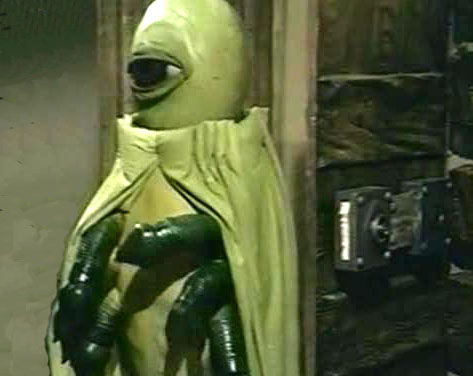I thought this episode was so-so. I enjoyed the monster movie angle of it, the mysterious creature from another dimension that’s out there in the wilderness killing anyone it finds, and I liked the ancient setting of Romans vs. Picts. There’s a fun part where the Doctor says he once lived as a Roman, which is a nice callback to the 1965 First Doctor serial “The Romans,” in which the Doctor hangs out in Nero’s court after being mistaken for a famous lyre player. But that’s about it. The stuff with the talking crows was garbage, and a lot of the emotions in “The Eaters of Light” felt forced and unearned, especially at the end. Bringing together two warring sides to fight for their mutual survival is a theme that was just explored in the previous episode, “Empress of Mars,” and as a result I found it lacked the appropriate weight here. There’s some more interesting interplay between Missy and the Doctor at the end of the episode, but that plot is starting to feel like wheel-spinning, like it’s not really going anywhere.
Luckily, the two-part season finale is up next, so it will definitely be going somewhere (I hope). The much-teased return of John Simm as the Master’s previous incarnation looks like it’s about to happen, and I’m psyched to see where it goes. (I was a big fan of Simm as the Master back in the Doctor Who revival’s third season, plus I thought he was great in Life on Mars.) The return of the Mondasian Cybermen has me equally intrigued, although less excited because I always thought they looked silly with those socks over their heads. Also, since Steven Moffat is writing these final episodes, I half expect some timey-wimey nonsense where the Twelfth Doctor’s encounter with the Mondasians now inspires them to invade earth, where he initially encounters them as the First Doctor in the 1966 serial “The Tenth Planet.”
We’ll see. Onward to the finale!


